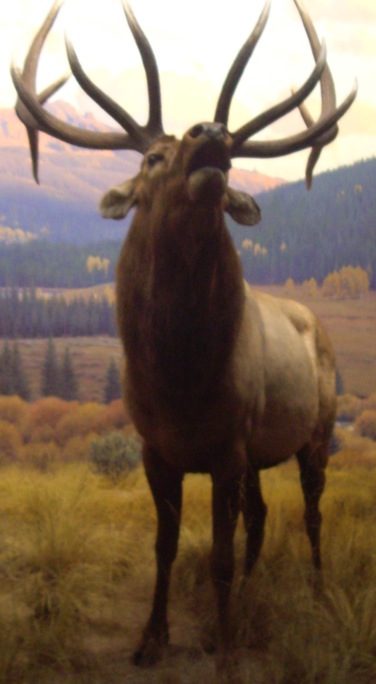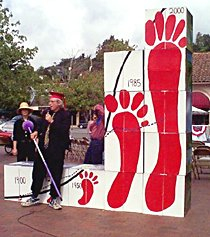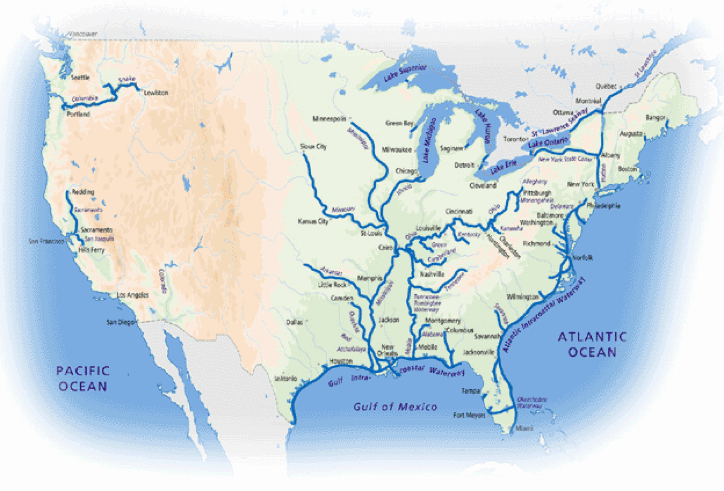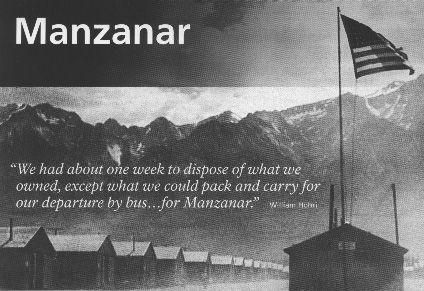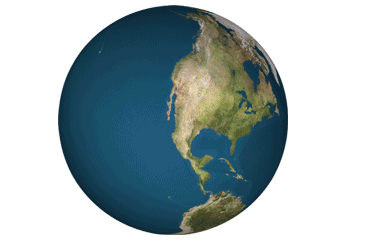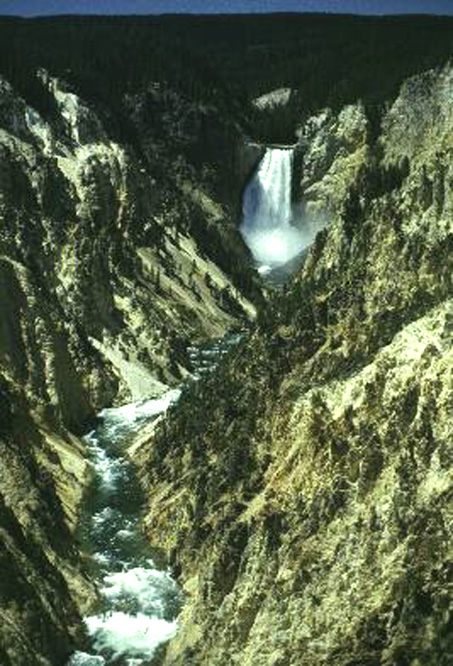American Environmental History
"Give me people to match my mountains."
Thompson, 1913
Course
Environmental History: An analysis of land, labor, and capital in America
"Busy as we are from childhood tilling Mother Earth, we peasants have no time to let any nonsense settle in our heads. Our only trouble is that we haven't land enough. If I had plenty of land, I shouldn't fear the Devil himself!"
Leo Tolstoy, "How Much Land Does a Man Need?"
Syllabus
Calendar of when & what to read.
Weekly discussions
Description
"Environmental history was . . . born out of a moral purpose, with strong political commitments behind it, but also became, as it matured, a scholarly enterprise that had neither any simple, nor any single, moral or political agenda to promote. Its principal goal became one of deepening our understanding of how humans have been affected by their natural environment through time and, conversely, how they have affected that environment and with what results."
Donald Worster, The Ends of the Earth (New York: Cambridge University Press, 1989), p. 290.
A Detailed Description
The study of America's natural environment in the past, in retrospect, is a story about land-use and land use changes created by the needs of a people to thrive and not merely survive. To comprehend the enduring character of how generations of Americans sustained their changing social needs this course examines the cultural and natural resources as embodied in land to better recognize the crossroads whereat we now stand. As Elizabeth Ann R. Bird has said "From [environmental] histories we can infer the modes of thought and behavior that are more likely than others to be detrimental to the environment we want to live in. A primary element of such histories should be the social analysis of scientific knowledge construction, because many technologies that are science-based cause so many environmental problems."
Elizabeth Ann R. Bird, "The Social Construction of Nature."
An Interpretation
of the course description in the syllabus:
The course builds on knowledge of geography, art, biology and literature so you can weave these separate bodies of knowledge together chronologically to best answer this question: "What is worth protecting in America and how well do we preserve our natural heritage for future generations to appreciate, use, or pass it on?"
"The past is never dead. Actually, it is not even past."
William Faulkner, Requiem for a Nun. 1951 (Act 3 Scene 1).
Dates in American History to use and recall
1785, The Land Ordinance; created the Township & Range survey system
1864, George Perkins Marsh published Man and Nature.
1910, The Washington D.C. Governor's Conference on Conservation
1964, The Wilderness Act: protects 109 million acres in 44 states today is just less than five percent (5%) of the nation's land area.
Definitions:
Syllabus, an outline of the subjects in a course of study.
Environment, a setting or condition in which something transpires, external conditions of existence.
History, a study of the past; an analysis of causes and consequences over time.
Ecosystems, the specialists term for living (biological) associations of plants, animal,s bacteria and fungi in a community with a collateral concept of region, place or habitat as the area occupied by that living community.
Ecology, is a study of ecosystems or the surroundings for living things.
A visual image representing the impact of people on their surroundings called ecosystems that is referred to as an ecological footprint.
Sources:
Ralph Waldo Emerson, Nature
Roderick Frasier Nash, The American Environment, & Island Civilization
Carolyn Merchant, Major Problems in American Environmental History
Donald Worster, Rivers of Empire
Marc Reisner, Cadillac Desert
Primary Documents
Henry David Thoreau, Journals, Faith in a Seed
Rachel Carson, Silent Spring
Rene Dubos, Man Adapting
Frederick Law Olmsted Sr., Journey Through the Seaboard Slave States
George Perkins Marsh, Man and Nature
W. E. B. Dubois, The Souls of Black Folk: The Black Belt
John Wesley Powell, "Report on the Lands of the Arid Region of the U. S." 1879 [see land realism.]
Aldo Leopold, Thinking Like a Mountain, & Round River
Luna B. Leopold, Rivers and water ethics
Student Learning Outcomes for American Environmental History are in the cognitive domain.
- Active participants should verbally demonstrate and explain in writing with origins, deployment, and extent of the United States land survey system of 1785.
- Active participants should be capable of explaining an analogy in writing by analyzing characteristics of settlement patterns including, urbanization, agriculture, or use of natural resources.
- Demonstrate in writing defining qualities of different values in America with respect to the ecological measures of land, air, and water resources.
- Explain verbally and in writing the clash between preservation and conservation with examples, from significantly different sources.
- Verbally present from a prepared script artistic and photographic portrayals of the national land-use patterns or landscape across time.
- Delineate in writing concepts related to the contrasting and cumulative impacts of suburbanization on land-use and land-use changes in the twentieth century.
- Place in chronological order a minimum of a dozen most significant events and people in the development of ideas that reveal growing concerns for protecting national lands and waters, forests and wildlife from 1800-1980.
- Articulate in writing Henry David Thoreau's significance to the development of the literature and sciences with respect to American thought and attitudes about land.
In this class we read in order to actively discuss and examine the ideas of the national character as portrayed by authors: Crosby, Pursell, Worster, Austin, and Bates as a foundation. We do so in order to delineate, explain, and judge competing sources of wealth in written discourse.
- Each of these writers has argued for important foundations of ecological history.
- But students may demonstrate their understanding of these writings by an ability to clearly distinguish the contrasting and complementary qualities of movements for the protection of rivers, wildlife, or scenic protection.
- In addition to three open book examinations, students will contrast verbally and in writing the different descriptions of Ralph Waldo Emerson in New England and W. E. B. Du Bois of the Georgia Black belt with respect to the agricultural use of land.
